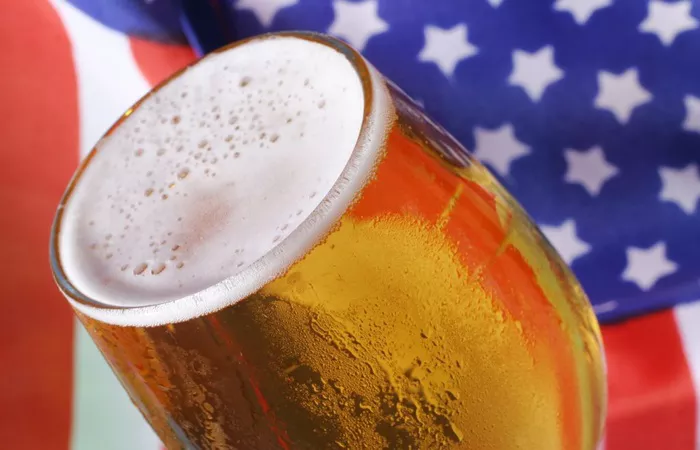Market Contraction and Brand Struggles
The Bud Light controversy earlier in the year sent shockwaves through the industry. After partnering with a trans – influencer, Dylan Mulvaney, the brand faced a boycott from conservative and anti – LGBTQ+ groups. As a result, Bud Light’s sales plummeted, dropping 17% in the week of April 15 compared to the same week the prior year. This event not only dethroned Bud Light as the top – selling beer brand in the US, with Modelo Especial taking the lead, but also highlighted the impact of socio – political factors on consumer behavior.
Shifting Consumer Tastes and Generational Changes
Beyond brand – specific issues, broader shifts in consumer preferences are at play. The rise of alternative beverages, such as hard seltzers pioneered by brands like White Claw and Truly, has cut into beer’s market share. These seltzers offer a lower – calorie, refreshing option that has appealed to a wide range of consumers, especially younger demographics.
Generational differences also play a role. Gen Z, in particular, is drinking less alcohol overall. A 2021 Gallup poll showed that only 60% of 18 – to 34 – year – olds reported drinking alcohol, compared to 70% of those aged 35 to 54. The average alcohol consumption across all age groups has also decreased, dipping from 5.1 drinks a week in 2003 to 3.6 in 2019.
The Craft Beer Conundrum
The craft beer segment, which once experienced meteoric growth, is now facing headwinds. According to the Brewers Association, US craft brewer volume sales were steady in 2022, holding a 13.2% share of the US beer market by volume. However, the industry has faced challenges in recent years. In 2023, craft beer production declined by 1% to 23.4 million barrels, while the overall beer industry volume declined by 5.1%, allowing craft beer to effectively increase its market share to 13.3%.
The Brewers Association’s mid – year 2024 survey further reveals a continued small decline in craft beer volume, estimated at 2% compared to 2023. Rising operating and material costs, supply chain issues, and increased competition have all taken a toll. Additionally, the number of active craft breweries has only slightly increased from 9,339 in June 2023 to 9,358 in June 2024, with the total number of breweries rising from 9,456 to 9,528.
Opportunities Amidst the Turmoil
Despite these challenges, there are pockets of opportunity within the US beer industry. Premium – and – above beer products, including no – and low – alcohol options, are showing growth potential. The no – alcohol beer segment, in particular, has experienced dramatic growth, with the super – premium segment soaring at a compound annual growth rate (CAGR) of + 143% between 2018 and 2022. IWSR forecasts that no – alcohol beer volumes will grow at a CAGR of + 17% between 2022 and 2027.
Ecommerce also presents an opportunity for the beer industry. Although beer has traditionally underperformed in online sales due to its weight and lower transaction value, online beer sales grew at a CAGR of + 25% in value terms between 2018 and 2022. IWSR predicts a value CAGR of + 13% between 2021 and 2026, driven by the growth of omnichannel and on – demand channels.
In conclusion, the US beer industry is at a crossroads. While facing significant headwinds from shifting consumer tastes, generational changes, and brand – specific controversies, there are opportunities for growth in premium and online segments. Brewers will need to adapt their strategies to navigate these challenging times and meet the evolving demands of consumers.
Related Topics
- EU Approves €5bn French Re-Insurance Scheme to Support Wine and Spirits Exports to the US
- Brandy Alexander Emerges as Sophisticated Successor to the Espresso MartiniEU Approves €5bn French Re-Insurance Scheme to Support Wine and Spirits Exports to the US
- Montage Healdsburg: A Tranquil Escape Blending Nature and Luxury in Northern California


